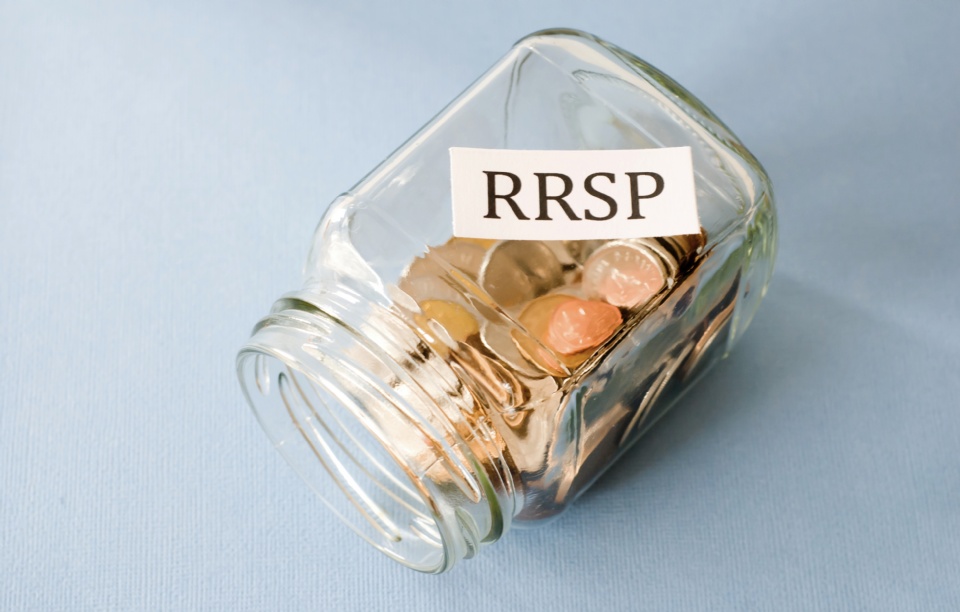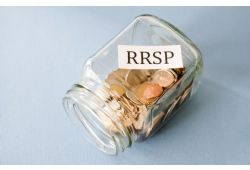Ever
since the tax-free savings account (TFSA) came on the scene in January 2009, some
investors have been faced with a new dilemma; is this new type of tax-efficient
plan better than an RRSP when it comes to saving for retirement? Two important
factors that should influence your decision are why you’re saving and what your
tax rate is.
“The
TFSA is a savings account to be used for various projects. Its main advantage
is that investment income earned in the TFSA account is not taxable, even when
it’s withdrawn. Because it allows you to access the funds at any time without
triggering a tax effect,* the TFSA is useful for both short- and long-term
projects. Moreover, by consulting the MyIdea
tool, available at nbc.ca, you can find out how much you should be saving
periodically in order to accumulate the funds you need to carry out your plans,”
says Martin Pouliot, branch manager in Laval.
“The
RRSP is primarily intended for long-term projects, especially retirement.1
The returns generated are tax-sheltered until they are withdrawn. In other
words, taxation is deferred. Unlike the TFSA, contributions made to an RRSP are
deductible from taxable income. So the RRSP is beneficial if the tax rate on withdrawals
from the account is lower than the deduction rate when you contribute. RRSPs
are therefore favourable for most people, since their income after retirement
is usually lower than during their active professional life,” says Christian
Gelinas, financial planner at National Bank in Laval.
Contributing
to an RRSP offers significant tax benefits but also has repercussions on social
security programs that taxpayers are entitled to, such as Old Age Security (OAS)
and the Guaranteed Income Supplement (GIS). So for some investors, especially
GIS beneficiaries, it may be more favourable to make withdrawals from their
TFSA. Be sure to make the decision that’s right for your situation! If needed,
consult your advisor who can enlighten you, or visit nbc.ca/investment to learn
more.
| RRSP | TFSA | |
| Contribution limit2 |
2014; $24,270 2015; $24,930 (up to 18<>percentage<> of earned income) |
2014; $5,500 2015; $5,500 (Indexed to the CPI and rounded to the nearest $500) (regardless of earned income) |
|
Contribution tax-deductible |
Yes |
No |
| Creation of new contribution room if funds withdrawn | No |
Yes, starting the following year |
| Tax on income | No | No |
| Tax on withdrawals | Yes | No |
| Plan maturity | The year of the 71st birthday of the contributor | None |
| Spousal contributions | Yes |
No You cannot contribute to your spouse’s TFSA, but you can transfer funds to your spouse for them to contribute to their own TFSA, and the income generated on this amount will not be subject to income attribution rules.3 |
*Subject to the terms and conditions applicable to the chosen investments
1. Some government programs (HBP, LLP) allow the accumulated funds in an RRSP to be withdrawn under certain conditions. Please consult the applicable government publications for details.
2. For both the RRSP and TFSA, some penalties may apply if you exceed the eligible contribution limits.
3. Income attribution rules are a tax mechanism whereby an individual who transfers property for the benefit of a third party must include any income earned on that property as part of his own income.




 BY:
BY: 

Tweet
Share